Headquartered in Atlanta and serving that city and the North Georgia area, TLC Rents is no stranger to the challenges posed by hot, humid weather. As such, the full-service event planning company knows to pay attention when the heat turns extreme—something that’s been happening with greater frequency.
“Here in the past five-to-10 years we have seen our temperatures go up higher sooner and for longer periods,” says Curry Roberts, senior salesperson and event planner. “We not only have to deal with high temps, but also the humidity.”
Roberts recalls a time when a crew member experienced heatstroke.
“He was spotted very quickly on the installation site, with clammy skin, a white, pale face, etc.,” he says. “He was also working very slowly when normally he would be a fast worker.
“He was removed and put into a vehicle with air conditioning,” Roberts continues. “A 911 call was placed and he was taken to the hospital. What I learned and have passed on to other crew members is to pay close attention to each other. Take breaks more often. Keep water around and make sure all are staying hydrated.”
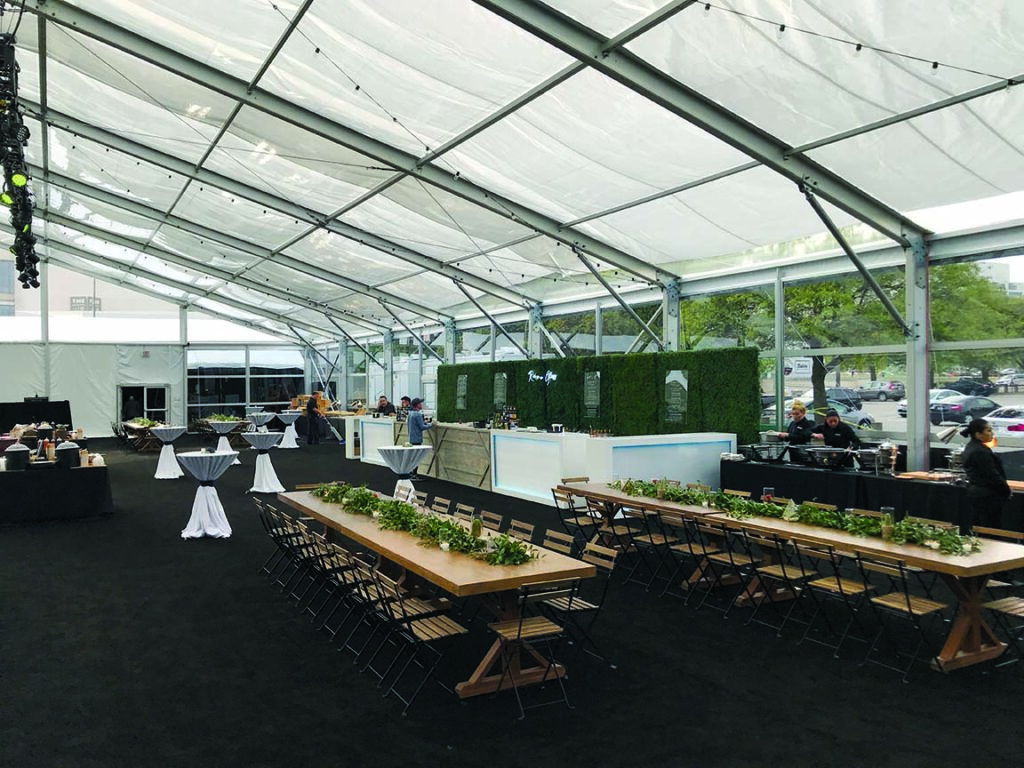
Keeping employees safer
Roberts says during times of high heat and humidity, TLC Rents tries to schedule outdoor installations for early in the morning, building in additional time so crews can take more breaks. The company also provides plenty of bottled water for these crews, as well as for those working in the warehouse. Other strategies include supplying uniforms and hats to installers for additional protection and, when possible, setting up commercial fans on jobsites.
Marquee Event Rentals, headquartered in McCook, Ill., is also well-versed in dealing with extreme heat. The company provides event services throughout the U.S., although it primarily focuses on the Midwest and Southern regions, says Neil Cornhoff, vice president–Texas region. The three Texas locations—Dallas, Austin and San Antonio—are areas that routinely bake under high heat and humidity from May through September, with July and August being the worst.
When temperatures rise, Marquee also resorts to early-morning starts, providing crews with fluids and ice to help ward off heatstroke and heat exhaustion.
“We consistently schedule breaks on-site and have our teams in shaded or covered areas,” Cornhoff says. “In our warehouses we provide drink stations, have large fans running throughout the day, and have temperature-controlled areas throughout the facility for our team to cool off and recharge.”
Marquee certified its leads and management team in first aid and CPR, with the first aid classes addressing heat safety. Regular safety meetings on that and other topics are also held.
Stephanie Layson, owner of Party Pro Tents, a full-service event rental production company headquartered in Tulsa, Okla., says when the temperature hits more than 90 F tent crews get started early.
“Temperatures in Oklahoma beginning May through September can be hot and muggy. The temperature outside may read 100 degrees, but the humidity can create a heat index feeling like the temperature is 110 degrees,” she explains.
Around five years ago, Layson purchased a commercial-grade icemaker the team uses to fill the five-gallon, company-provided drink dispensers. Another strategy is stocking an ice chest with wet towels and providing reflective long- or short-sleeved moisture-wicking shirts (“Uniforms used to be black T-shirts and that first summer day you better believe we heard about it,” Layson recalls). If the installation is happening on blacktop, crews will show up before sunrise or will work a graveyard shift.
“Early in the business we did have an employee get dehydrated and go to the emergency room. Now, we have a tenured team and they know what to expect with the Oklahoma heat and they prepare accordingly,” says Layson, adding that the company will sometimes surprise crews with an ice-cream truck as a way to help keep morale high on hot summer days.
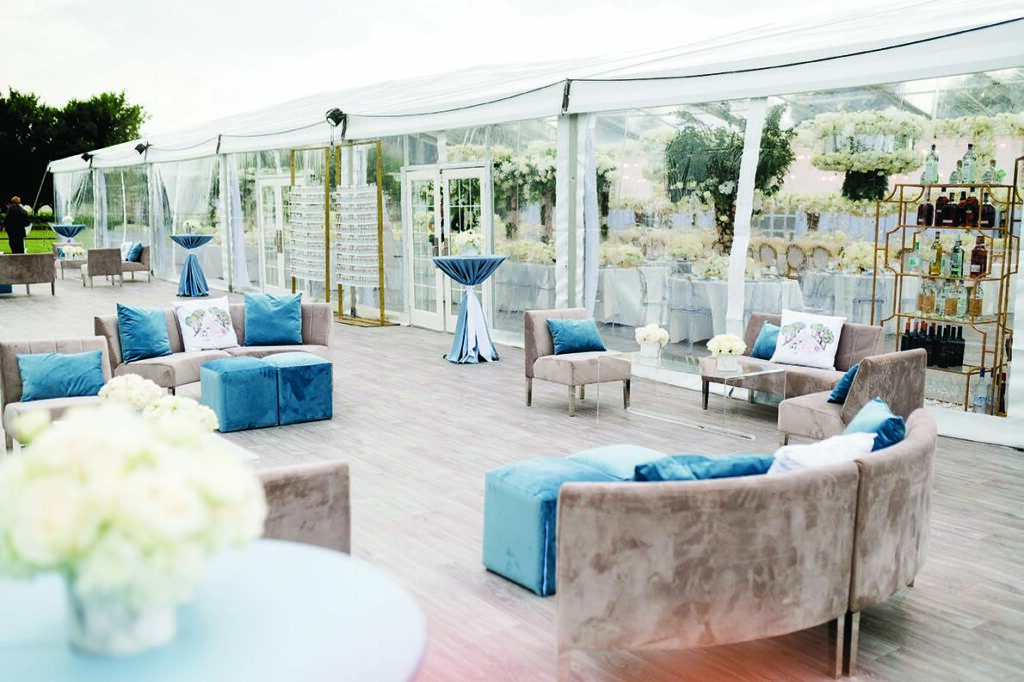
When temperatures rise, the installation and warehouse teams at Marianne’s Rentals leave by mid-afternoon, since the hottest time of day is typically from 3 p.m. to 5 p.m., says Jennifer Rodriguez, Certified Event Rental Professional (CERP) and general manager for the full-service rental company in Oklahoma City, Okla.
Although Marianne’s Rentals tries to bring truck and installations crews in early during these times, it does depend on client flexibility. It also tries to get the tenting done during the morning, saving the afternoons for inside deliveries—again, contingent on the client. When the workload makes leaving earlier impractical, Rodriguez says the crew takes ice chests full of water and Gatorade to the site, making sure there’s enough to last the day. The company also holds safety meetings with the crew leads/drivers.
“We’ve learned we have to educate our drivers to watch for heat-related medical situations among their team,” she explains. “When you are not sure what to watch for, you can think someone is just tired or being lazy, but they are [actually] getting overheated.”
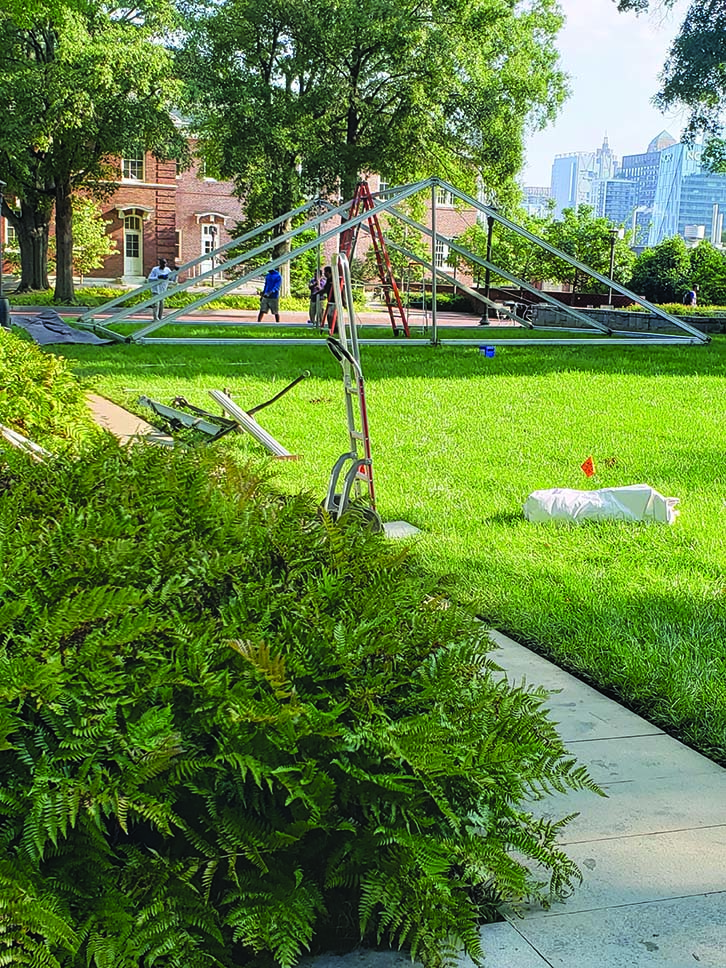
Counseling clients
Although clients may be familiar with the discomfort posed by high heat and humidity, this doesn’t always translate into an awareness of the heat-related dangers posed by various types of tents, says Layson. For example, clients will frequently request a clear-top tent—a structure Layson says Party Pro Tents won’t install unless the area is shaded “100% all the time.” Once educated, clients are appreciative and opt for another type of structure, she says.
Rodriguez says Marianne’s Rentals’ clients love clear-tops and assume if the event is being held at night, they’ll be comfortable. But they’re not considering how the installation, setup and floral arrangements can be negatively affected, she explains.
“We try to advise them as best as possible,” Rodriguez says. “Most of our high-end planners and venues are good at listening to our advice. When you have a client insist, that’s when it can become difficult. We will put additional wording into the contract to make sure it is clear we’re not recommending what they are choosing and that there are no refunds if they choose to cancel the week of.”
Marianne’s Rentals carries blackout tops for all of its white tops and in the summer months it tries to steer clients in this direction. Clients are also made aware that during periods of high heat, more time may be necessary for setup and takedown and that they may be required to bring in more fans or upgrade to air conditioning.

“If the event is in a tight turnaround, they will need to be able to handle the additional labor charge,” Rodriguez adds.
Roberts counsels clients to avoid sidewalls.
“I have to explain that the heat inside of the tent will be elevated with sidewalls and the number of people inside the tent. We offer fans and misting fans, but the clients don’t think of the heat factor when it comes to sidewalls,” he says, adding that TLC Rents strongly suggests those solutions, also offering air conditioning with its larger tents.
The majority of the company’s clients are fine with the costs, although wedding clients often question the expense and try to find a way to offset it, he says.
“I do find that most of the decisions on cooling and heating come within the week of the event,” Roberts says. “Though TLC suggests the equipment much sooner to reserve it, the clients still wait closer to the events.”
Cornhoff says, depending on the budget, Marquee oftentimes advises going with a structure tent rather than a frame tent, since the former enables the inclusion of hard walls, vinyl walls and/or glass walls, and these enclosure options allow for a climate-controlled environment. This is the preferred method of cooling tents, he says, explaining that while tent fans can help lower the interior temperature, they don’t control the environment as effectively as an HVAC system.
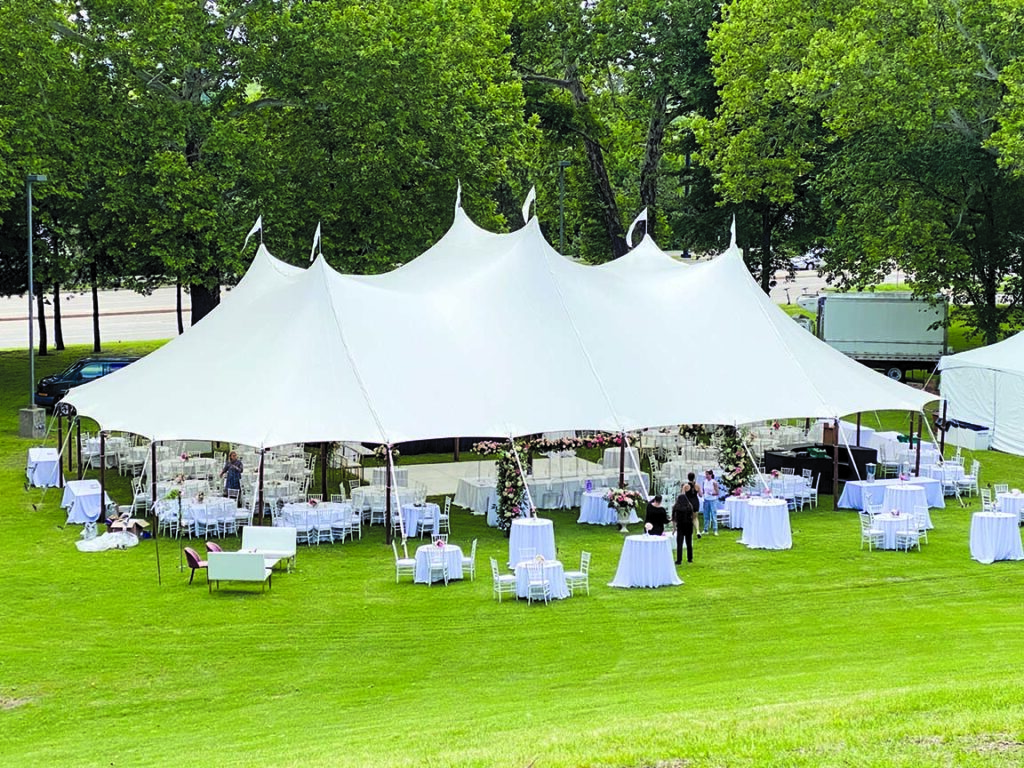
It’s not just the tent type that bears consideration during times of extreme heat. The installation surface—particularly concrete or asphalt—presents another concern.
“Asphalt is the worst,” says Rodriguez, adding there are times Marianne’s Rentals will recommend installing on grass instead. “It can add 10–20 degrees additional temperature off the ground during an extreme-heat situation. This can affect the metal and how hard it is to handle it. We’ve had asphalt become soft and equipment get stuck or malfunction.
“[But] sometimes there are no choices and you have to make it work,” she continues. “I have certain dance floors or acrylic specialty items that cannot sit in the clear-top tent under the extreme heat. So we have to cover those items and/or wait to deliver them after the sun is setting. That can affect your installation timeline, so all of those things have to be considered during the planning period.”
Pamela Mills-Senn is a freelance writer based in Seal Beach, Calif.
SIDEBAR: Foiling the heat
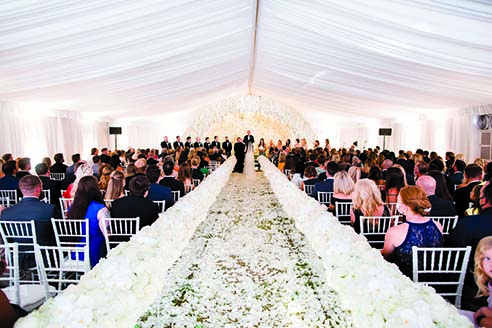
The formal wedding, reception and outdoor cocktail hour for 400 guests was originally scheduled for May 2020 but delayed until August because of COVID, recalls Jennifer Rodriguez, CERP, general manager at Marianne’s Rentals in Oklahoma City, Okla.
August in Oklahoma isn’t an optimal time to hold an outdoor event, especially a reception taking place under a clearspan tent, with clear walls and an open patio on one side (there was also an all-white wedding tent with full sidewalls and air conditioning, and additional tenting for the bathroom and kitchen). Rodriguez and those tasked with pulling off this event had multiple concerns around the clear top, as did the florist who worried the flowers wouldn’t survive within it.
The strategy? Installing the reception tent with a white top, and then replacing it with a clear top before the event. The white top was replaced Wednesday night, and huge tarps were used as coverings to prevent sun exposure and to help reduce the inside temperature. United Rentals delivered large air conditioning units for the reception and wedding tents with a dedicated generator and a backup generator. The air conditioning was turned on Thursday evening in the reception tent and ran through Saturday night after the wedding. The florist arrived at the reception tent Friday at midnight, working through the night. “The afternoon of the wedding, around 5 p.m., we had a standby crew on-site and they pulled the tarps off the top of the tent,” Rodriguez recalls. “We came back on Sunday to empty the tent and to make sure anything that could be damaged due to the clear top was pulled out of the tent first thing. Overall, this installation took three weeks to complete and two weeks to fully remove.”

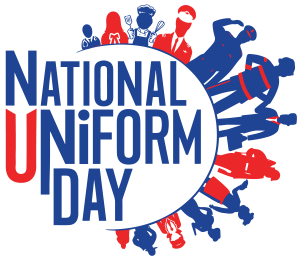





Leave A Comment